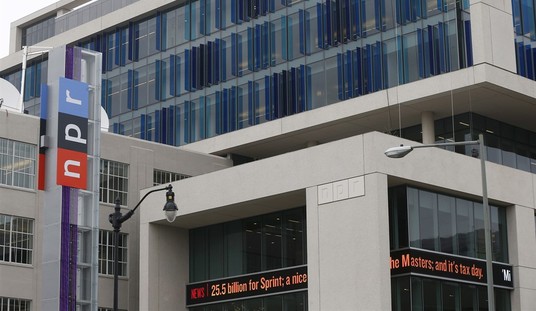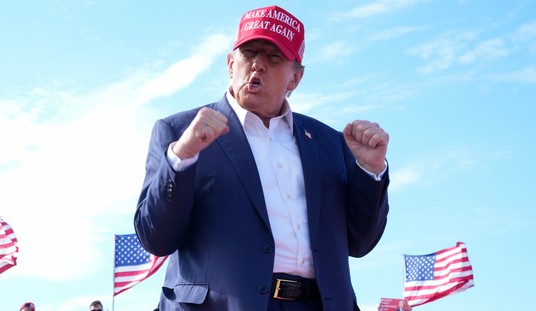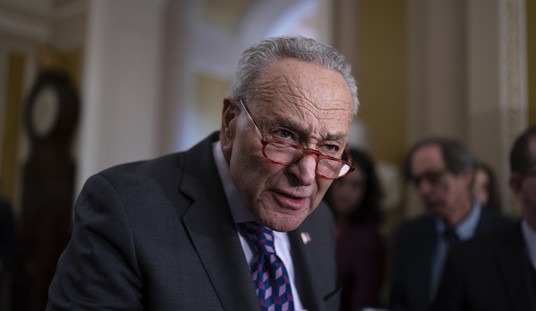For years, Plains Commerce Bank made operating loans to the Long Family Land & Cattle Company, which is 51 percent owned by members of the Cheyenne River Sioux Tribe of the Cheyenne River Indian Reservation in northern South Dakota, collateral for which was 2,230 acres of privately owned fee land. After the Company defaulted on its loans and transferred title to the land to the Bank, the Company and the Bank agreed that the Bank would provide the Company an operating loan and the Company would have a two-year lease with an option to purchase; however, because the Bureau of Indian Affairs did not complete the required paperwork, the loan was not made. Following the harsh winter of 1996-97, the Company was unable to exercise its option, and the Bank sold the land to non-tribal members.
The Company sued the Bank in tribal court, alleging discrimination against its owners because they are American Indians and tribal members; a jury ruled for the Company. At the tribal appeals court, the Tribe filed a friend of the court brief averring, for the first time, that, under traditional Lakota notions of justice, fair play, and decency to others, the discrimination was a tort. Therefore, the appellate court ruled that it had jurisdiction over the tort claims and that U.S. Supreme Court precedent permitted its exercise of that jurisdiction over the non-Indian Bank because the Bank had formed a consensual relationship with tribal members. The Bank challenged the Tribe’s jurisdiction in South Dakota federal district court; however, the court ruled for the Company. In June 2007, the U.S. Court of Appeals for the Eighth Circuit affirmed. In January 2008, the U.S. Supreme Court agreed to hear the Bank’s appeal.
Recently, the Supreme Court has whittled away at the jurisdiction of the nation’s 250 tribal courts. In 1978, it ruled that tribal courts lack criminal jurisdiction over non-Indians; in
1990, it held they lack criminal jurisdiction over non-member Indians, a ruling that Congress reversed in 1991 as to misdemeanors. Meanwhile, in 1981, it held that, while tribes “may regulate . . . the activities of nonmembers who enter consensual relationships with the tribe or its members,” tribes have civil jurisdiction only over “non-Indians on fee lands within its reservation when [their] conduct threatens or has some direct effect on the political integrity, the economic security, or the health or welfare of the tribe." Then, in 2001, it rejected a tribe’s claim of civil jurisdiction over non-Indians and three justices sounded a death knell for tribal courts by cataloguing their constitutional and procedural deficiencies.
Recommended
The Anglo-American judicial system involves two parties who seek to win, through adversarial fact-finding, by focusing solely on the act involved. Moreover, it views separation of judicial, executive, and legislative branches as essential to fairness and justice, as is the separation of church and state. On the other hand, the American Indian judicial system uses a holistic process to repair relationships and strive for consensus, during which the guiding principles are unwritten laws, traditions, and practices learned by example and oral teaching, with no separation of powers or distinction between the sacred and the secular.
Moreover, Anglo-American common law seeks the reasoned elaboration of rules by judges, rules that are definite, predictable, and part of an institutional memory, whereas in the American Indian system, “values, mores, and norms” are largely unknown. In fact, during tribal court proceedings, it is not only the non-Indian or non-member Indian litigant who is unfamiliar with the controlling “common law,” most tribal members and the tribal judge are in the dark. Finally, there are 562 federally recognized Indian Tribes, each with its own customs, traditions, social norms, and “common law.”
Given the Court’s recent jurisprudence on the subject, a majority of the justices may be ready and willing to end all tribal jurisdiction over non-members with this case. It is long since time that they did so!
























Join the conversation as a VIP Member